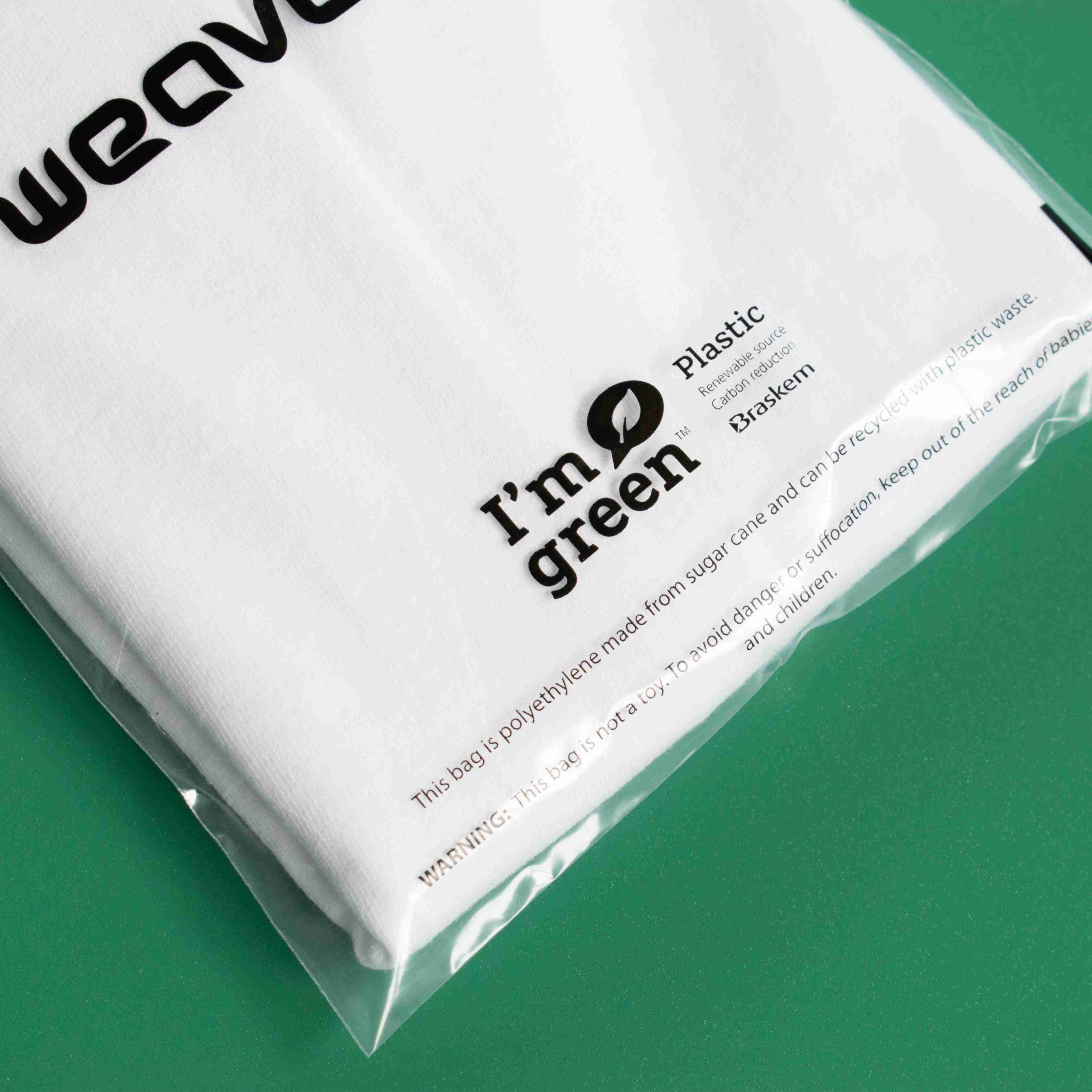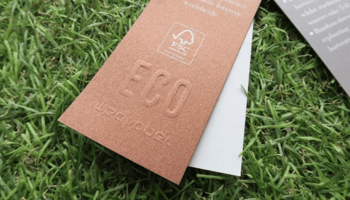Top 6 Materials for Sustainable Sportswear
As sustainability becomes a focus for fashion customers, sportswear brands need to react. We look at the materials that make sportswear more sustainable.

Cheap, manufactured, unsustainable fabrics have long been the focus of the sportswear industry, mainly due to the functional properties of the materials. Think breathable polyester and stretchy elastane.
But most of these fabrics are made from plastics and there hasn’t been much focus on recycling. Can the sportswear industry change for the better? We take a look at the materials that make sustainable sportswear possible.
1. Recycled Plastics
Plastic fibres such as polyester have been used in the production of sportswear garments for decades. While the fabric is ideal for sportswear clothes due to being lightweight, durable and breathable — it can have a damaging effect on the environment.
Polyester fibres are derived from plastics made from petroleum-based chemicals. Not only that, but polyester garments also don’t biodegrade and can shed toxic microfibres. Both factors have a huge negative impact on the amount of waste produced and on the planet.
However, the sportswear market has traditionally relied heavily upon this material, so what’s the alternative? Recycled plastics.
Recycled polyester – also known as rPET – can be manufactured using plastic waste. That’s everything from old water bottles, ocean plastic waste or previously used clothing.
Investing in recycled polyester will save brands money on resources and make them more environmentally responsible. It’s estimated that using recycled polyester can reduce energy consumption by 30-50% and carbon emissions by 60%.
While there are many benefits to recycled plastic fibres, there are also drawbacks. Currently, this process is more costly than creating conventional polyester. However, as the fashion industry moves towards becoming more sustainable and more manufacturers embrace this production method, the more cost-effective and accessible it’ll be.
2. Organic Cotton
Organic cotton is a fabric that has long been on the radar of fashion and sportswear manufacturers. While it’s very similar to regular cotton, its environmental impact is far less harmful.
Standard cotton production carbon emissions amount to 220 million metric tonnes annually. This is due to the pesticides and dyes used during the manufacturing process, making it an unsustainable — yet commonly used — fabric.
That’s where organic cotton comes in. Organic cotton has almost the same properties as standard cotton. It’s breathable, durable, soft on the skin and lightweight, making it an ideal choice for sportswear garments.
Organic cotton is produced using non-GMO seeds, has no harmful pesticides or chemicals and supports local labourers. Organic cotton farmers also build healthy soils that store carbon, helping combat climate change.
Although organic cotton is a much more sustainable alternative to standard cotton, there’s one drawback they have in common — water usage. It takes 2,700 litres of water to make a single cotton t-shirt. While organic cotton uses less water due to more sustainable dyes and processing, it’s still a significant amount compared to alternative sportswear fabrics.
A third and more sustainable cotton option can be considered for sportswear…
3. Recycled Cotton
Sustainable sportswear brands can go one step further and become even more environmentally friendly by investing in recycled cotton to manufacture their garments. Recycled cotton is exactly what it says on the tin — a cotton fabric created using recycled waste cotton garments and fibres.
As we’ve already outlined, cotton is a highly resource-intensive fabric, so although it’s natural, it isn’t very environmentally friendly. Recycled cotton has all the properties and benefits of standard and organic cotton without any environmental cost. It’s estimated that recycling one tonne of cotton can save 765 cubic metres of water.
By using waste cotton from consumer and industrial sources, manufacturing recycled cotton garments limit the number of natural resources used and the amount of fashion waste going to landfill.
Similarly to recycled plastic fibres, recycled cotton is a less used manufacturing method and is, therefore, more expensive. The hope is that as time progresses and the adoption of these fabrics increases, they’ll be more cost-effective.
4. Bamboo
Bamboo is another sustainable, natural fibre with natural properties that make it appropriate for sportswear, particularly because it’s moisture-wicking.
The main sustainability benefit of bamboo is it grows quickly and without harmful pesticides, meaning natural resources can be replenished and regenerated quickly and with little damage.
But bamboo isn’t perfect. Some bamboo materials require a long, chemical-intensive process to turn the well-known plant into a yarn that resembles an item of clothing. However, some bamboo material manufacturers have found a more sustainable way of processing the natural resource…
5. Tencel™
And Tencel™ does precisely that. Tencel lyocell is a form of cellulose fibre that can be made by dissolving, treating and processing wood chips. Tencel lyocell can be blended with many other materials to enhance their performance and increase strength, efficient moisture absorption and softness — common must-haves for sportswear clothing.
Bamboo is a common natural resource that facilitates the production of Tencel lyocell, with all fibres being produced using sustainably sourced wood and responsible manufacturing techniques.
So, how sustainable is Tencel™? Tencel™ uses much less water, chemicals and energy than fabrics such as cotton or polyester. It’s also biodegradable, meaning its post-consumer impact on the planet will be less detrimental.
However, it’s important to note that Tencel™ is often blended with other fabrics, some of which may not be sustainable, so you should always check the label or do your research first.
6. Cupro
Dubbed as the vegan alternative to silk, cupro is a material that’s fast becoming popular in sportswear manufacturing. While it’s lightweight and soft, cupro differs from silk in several ways. It’s much more breathable, has good elasticity and is hypo-allergenic. All of these factors make it an ideal fabric for sportswear garments.
Cupro is made from cotton waste called linters. By repurposing material that would otherwise be waste, cupro is already more sustainable than most fabrics.
However, the cotton waste needs to be treated with several chemicals to transform it into the soft fibres that make up cupro fabric. If not disposed of properly, these chemicals can harm both people and the environment. There are also no certifications for cupro fabric, making it a complex fabric to regulate and trace for sustainability reasons.
Are You on the Search for Sustainable Branding and Packaging Options?
Then you’ve come to the right place. At Weavabel, we’re dedicated to becoming the sustainable branding and packaging partner you can trust. We cover everything from garment trims to eco-friendly packaging, with sustainability being the main focus. Sound like something you’d be interested in? Click the link below to see our sustainable collection.









